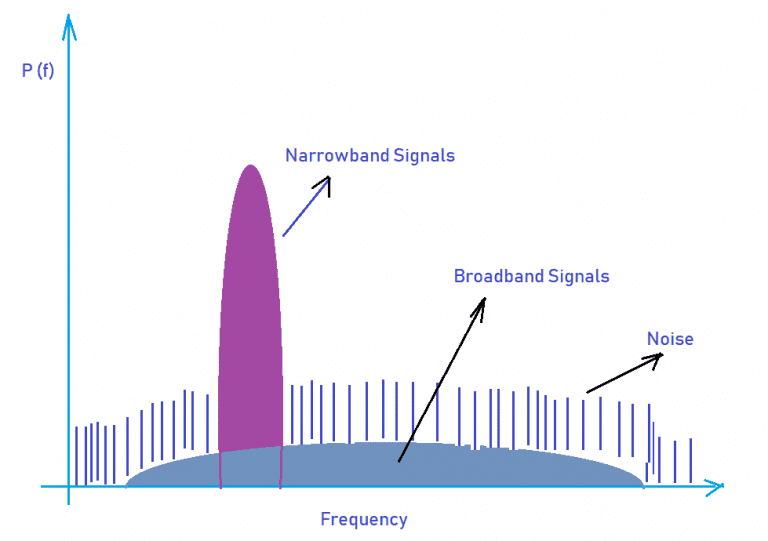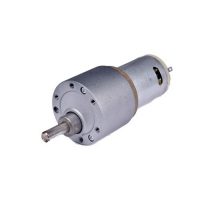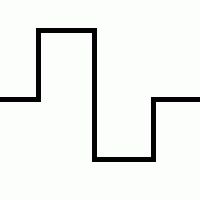Sources of Electromagnetic Interference EMI
What is EMI?
EMI stands for Electromagnetic Interference also known as Radio Frequency Interference (RFI). It is a disturbance generated by an external source that affects an electrical circuit by electromagnetic induction, electrostatic coupling, or conduction. The disturbance may degrade the performance of the circuit or even stop it from functioning.
EMI – electromagnetic interference can arise from many sources, being either man made or natural. Categorization of EMI is by the way it was created:
- Man-made Electromagnetic interference: Generally arises from other electronics circuits, although some Electromagnetic interference can arise from switching of large currents, etc.
- Naturally occurring Electromagnetic interference: Arise from many sources like cosmic noise as well as lightning and other atmospheric types of noise.
There are many ways in which the electromagnetic interference can be coupled from the noise source to the victim. Understanding which coupling method brings the interference to the victim is key to being able to address the issue.
Four EMI Coupling Mechanisms:
- Radiative Coupling – When an unwanted signal is transferred from source equipment to victim equipment by radiation through space, It is referred as Radiative Coupling.
- Inductive Coupling – The source and the victim are coupled by a magnetic field. The level of disturbance depends on the current variations (di/dt) and the mutual coupling inductance.
- Conducted Coupling – When there is a conduction route along which the signals can travel. This may be along power cables or other inter-connection wires. The conduction may be in one of two modes:
- Common mode: This type of EMI coupling occurs when the noise appears in the same phase on the two conductors, e.g. out and return for signals, or +ve and -ve for power cables.
- Differential mode: This occurs when the noise is out of phase on the two conductors.
- Capacitive Coupling – The level of disturbance depends on the voltage variations (dv/dt) and the value of the coupling capacitance between the disturber and the victim.

Category of EMI by its Time Duration
Impulse noise: This kind of EMI may be man-made or naturally type. Lightning, ESD, and switching systems all contribute to impulse noise.
Continuous interference: This kind of EMI generally arises from a source such as a circuit that is emitting a continuous signal. However background noise, which is continuous may be created in a number of ways, either man-made or naturally.
Category of EMI by its Bandwidth

- Narrowband EMI – Typically this form of EMI is likely to be a single carrier source – possibly generated by an oscillator of some form. Another form of narrowband EMI is the spurious signals caused by intermodulation and other forms of distortion in a transmitter such as a mobile phone of Wi-Fi router. These spurious signals will appear at different points in the spectrum and may cause interference to another user of the radio spectrum. As such these spurious signals must be kept within tight limits.
- Broadband EMI – There are many forms of broadband noise which can be experienced. It can arise from a great variety of sources. Man-made broadband interference can arise from sources such as arc welders where a spark is continuously generated. Naturally occurring broadband noise can be experienced from the Sun – it can cause sun-outs for satellite television systems when the Sun appears behind the satellite and noise can mask the wanted satellite signal. Fortunately these episodes only last for a few minutes.
Common Sources of EMI




